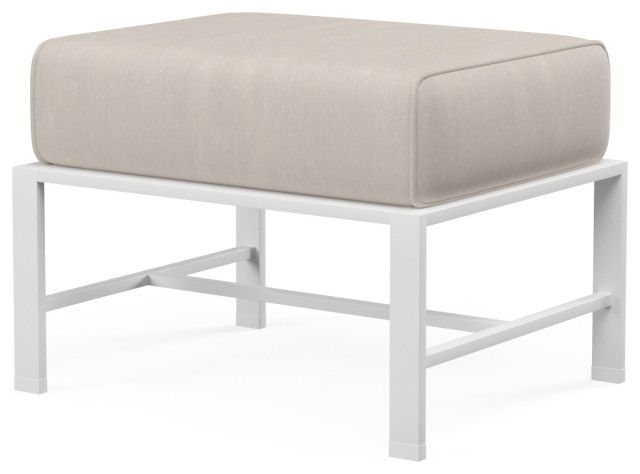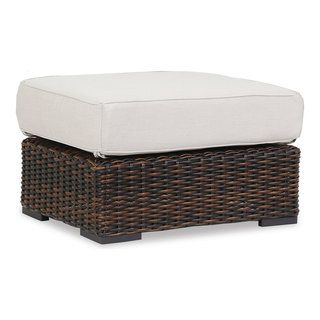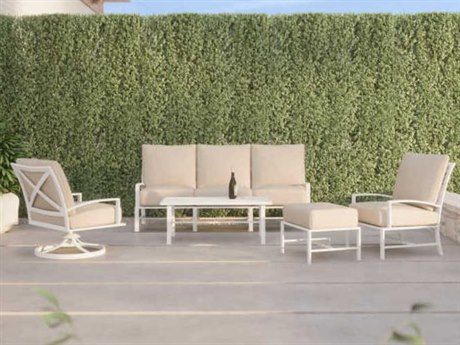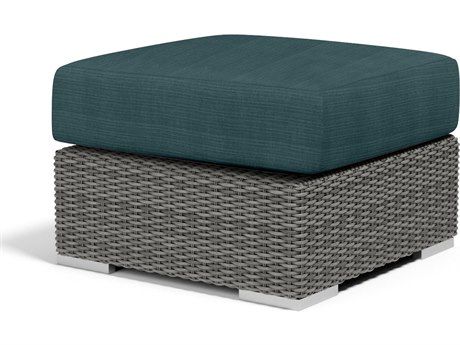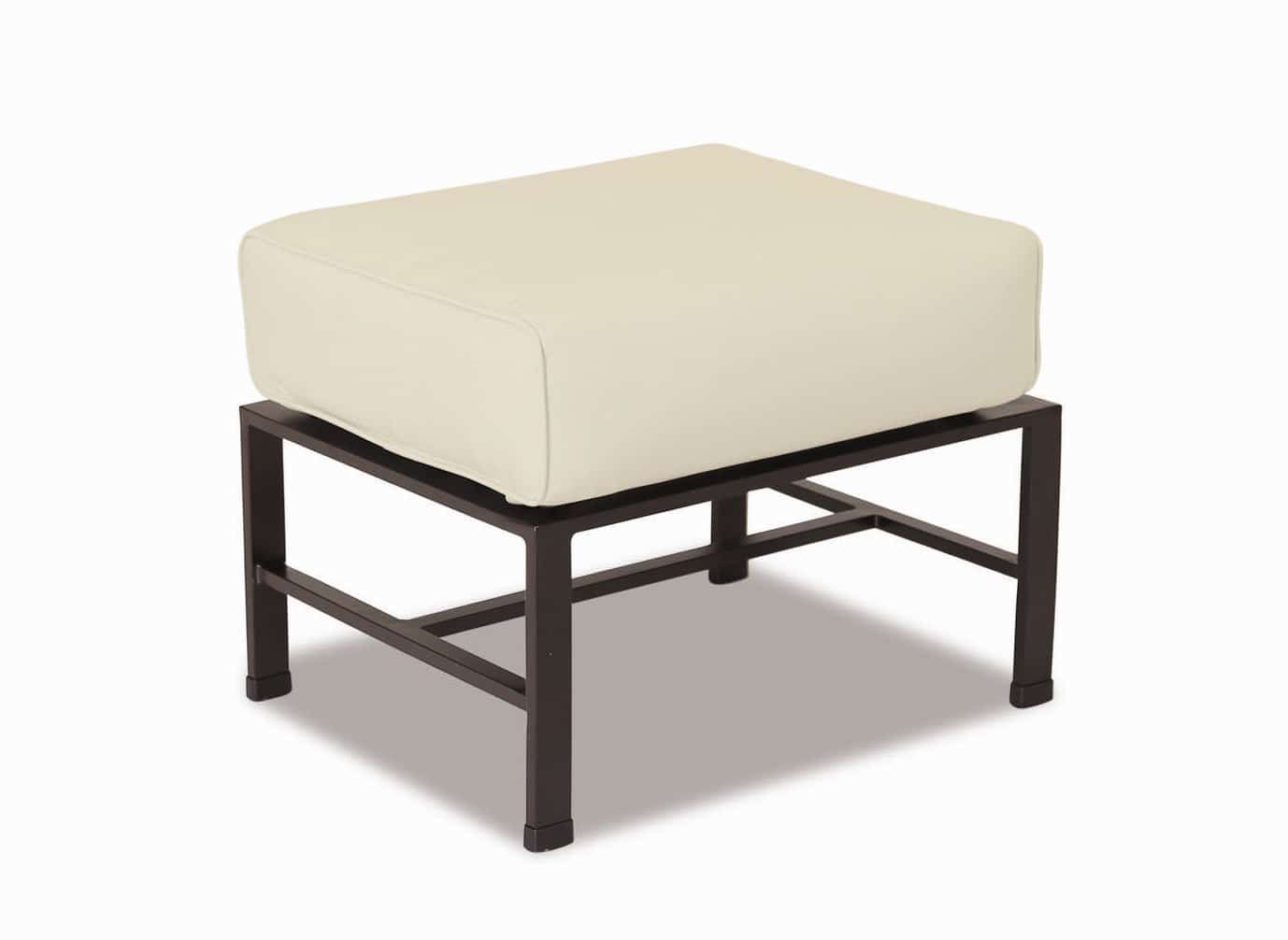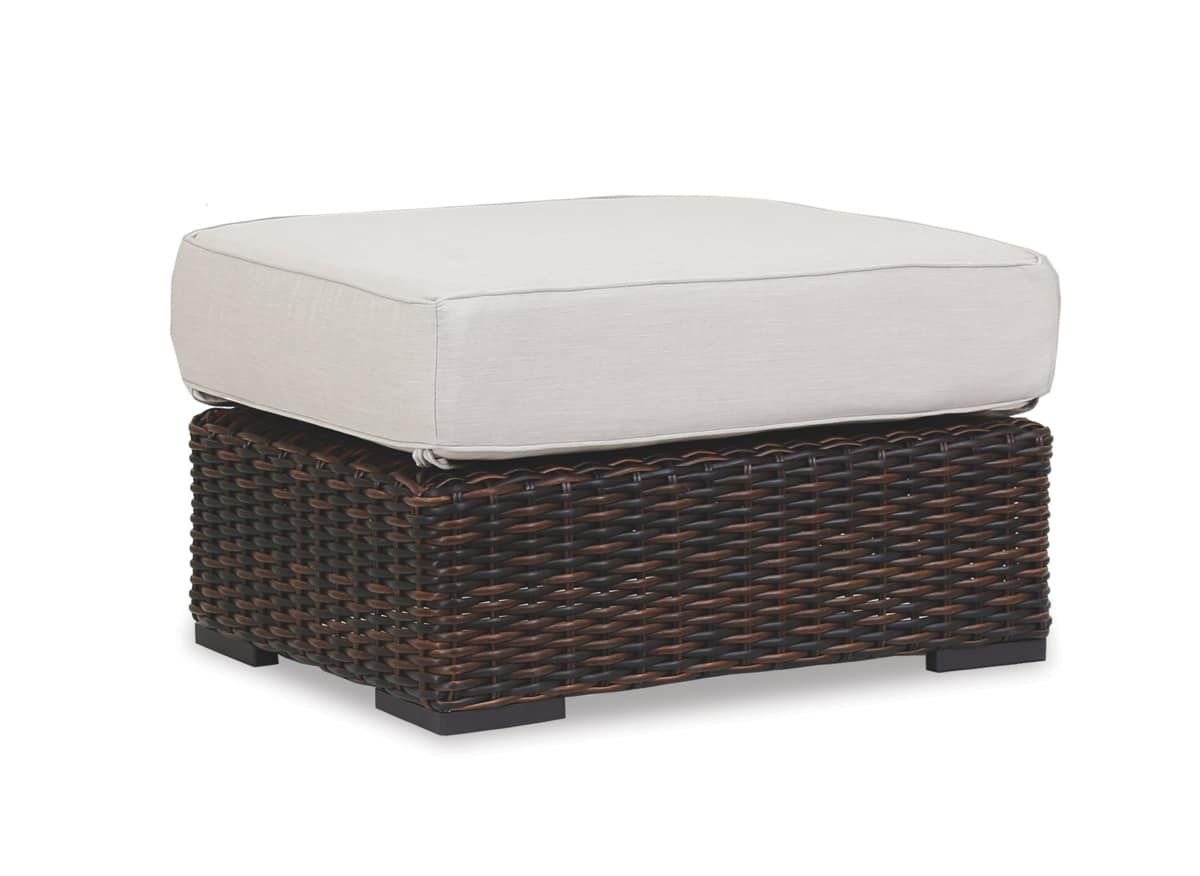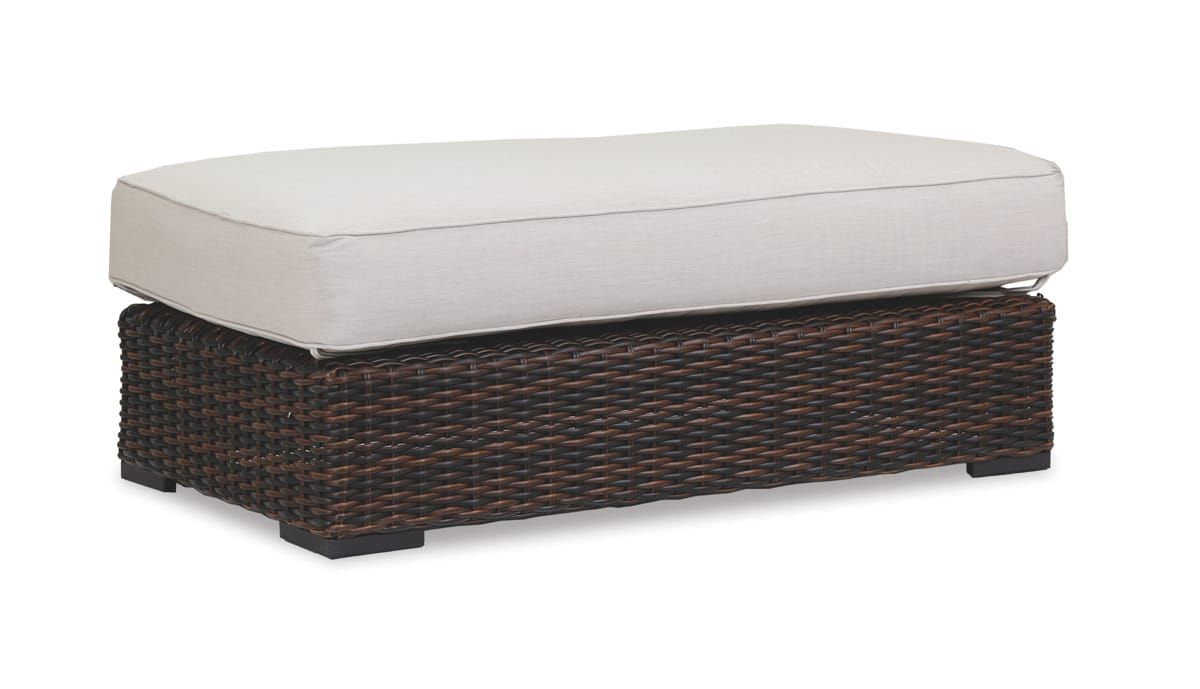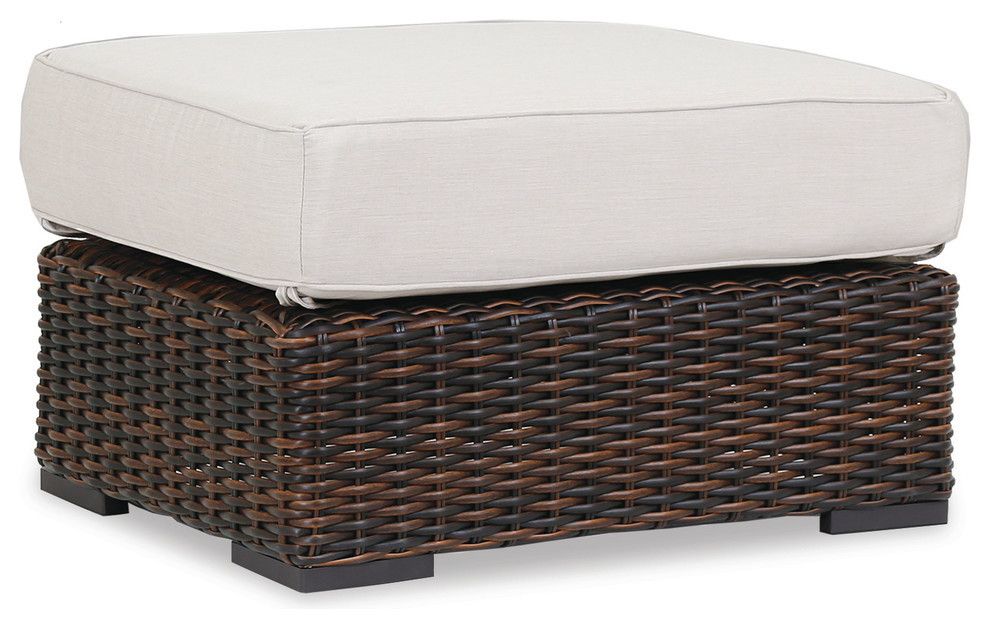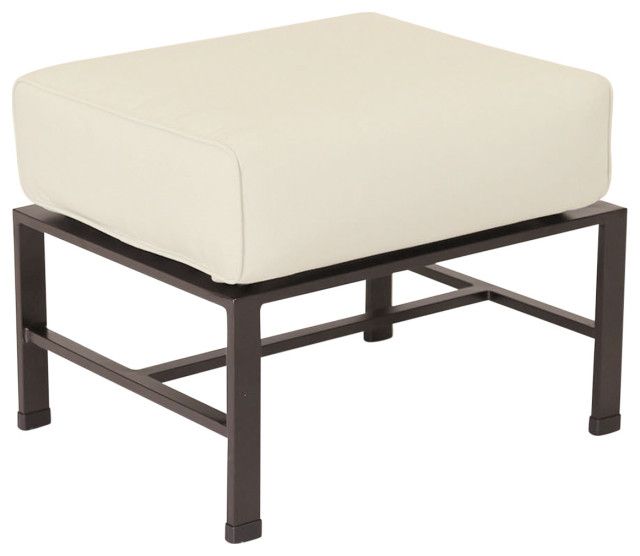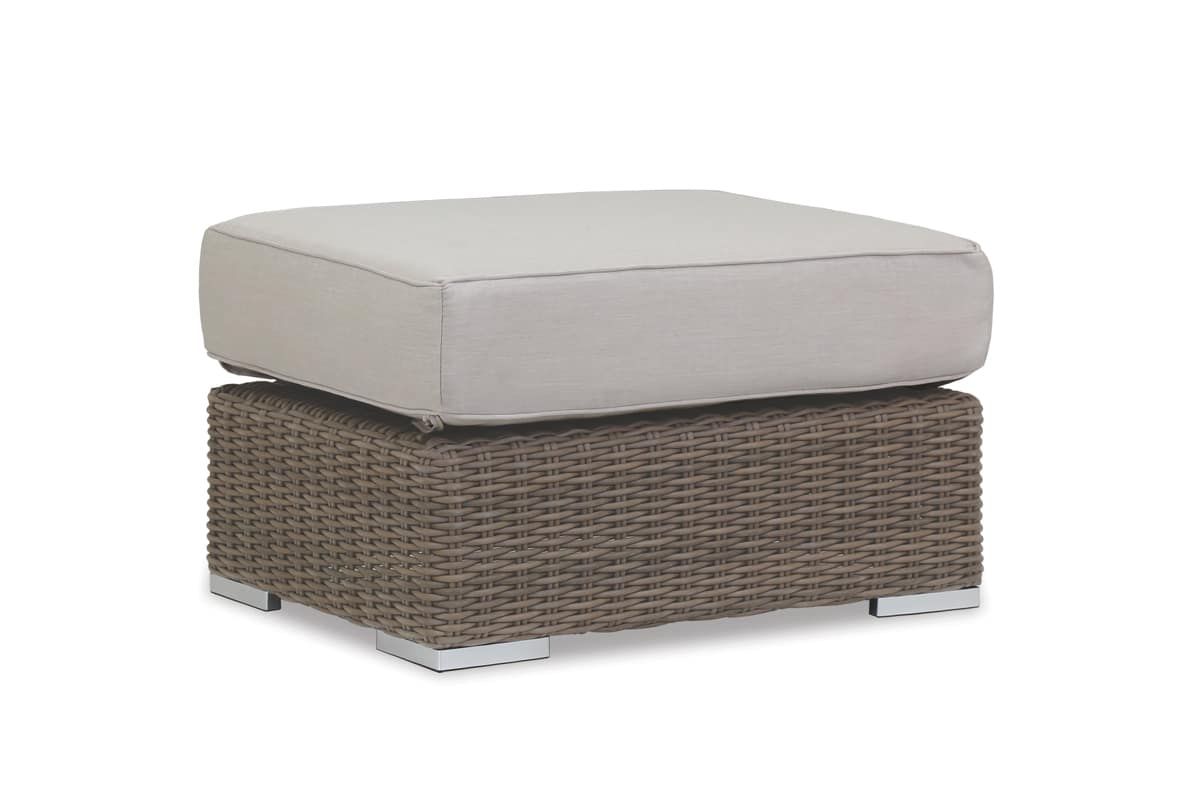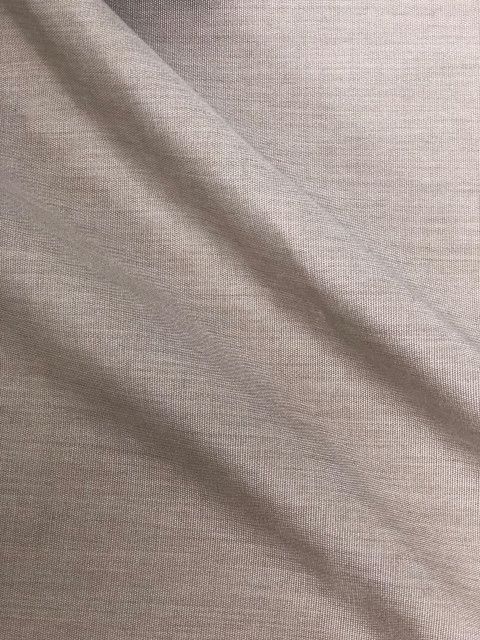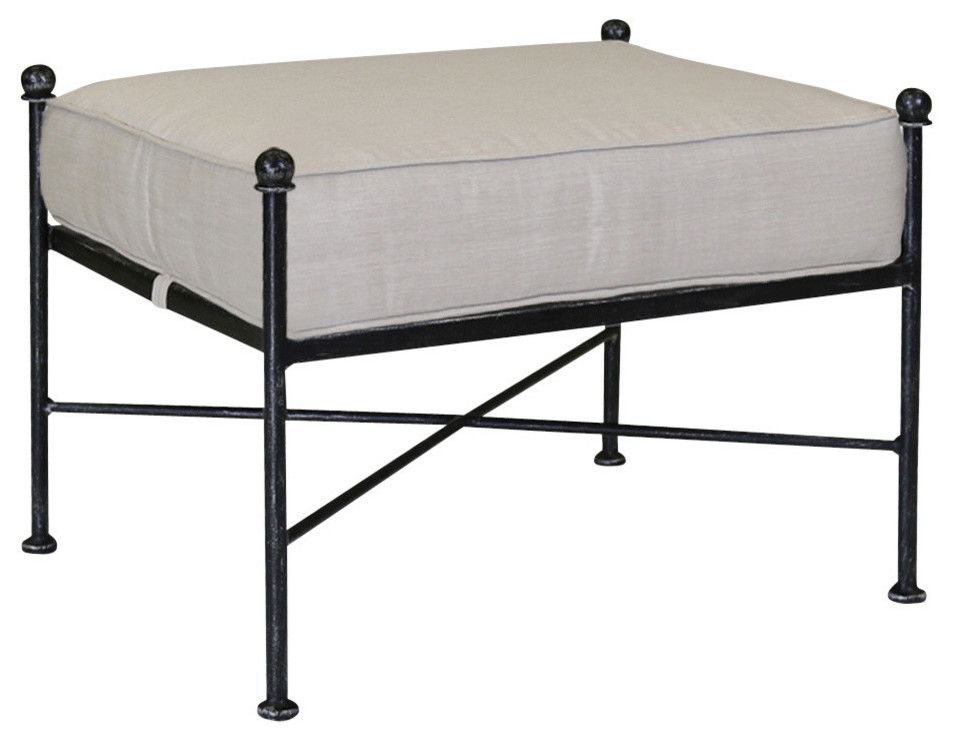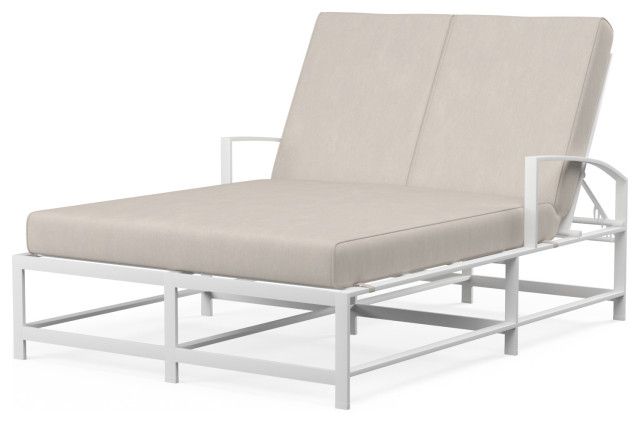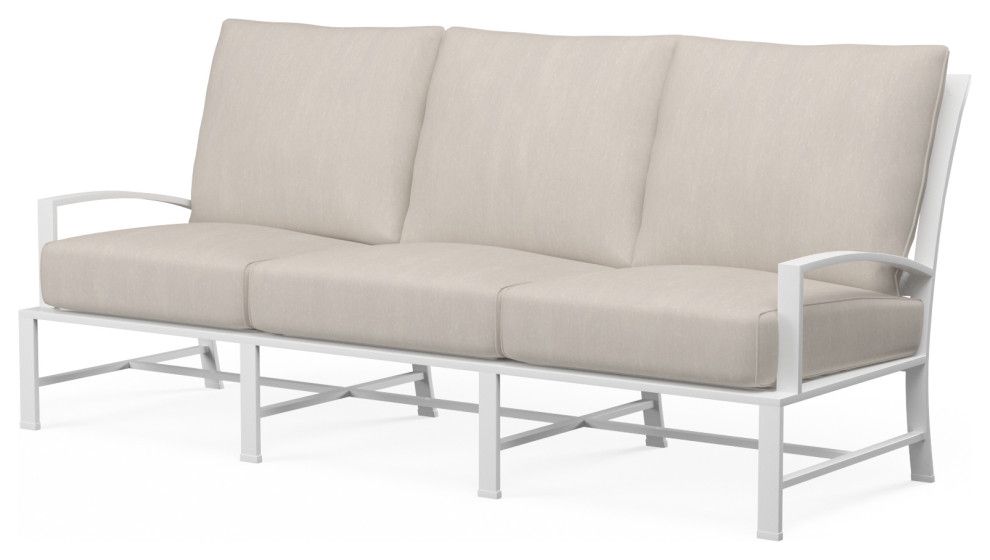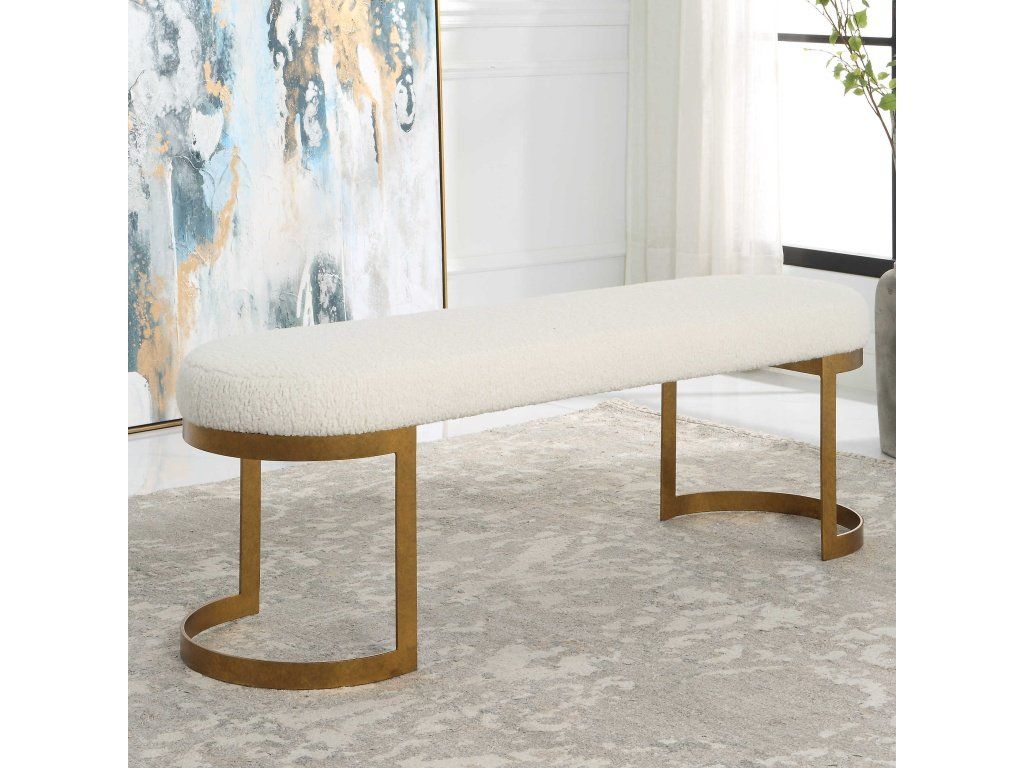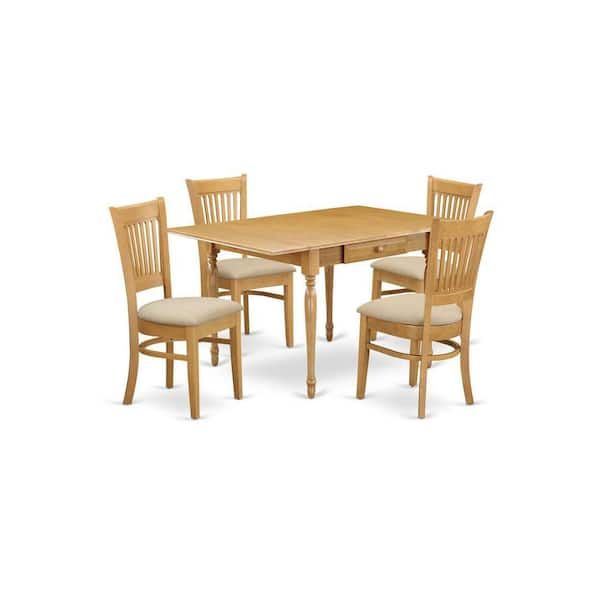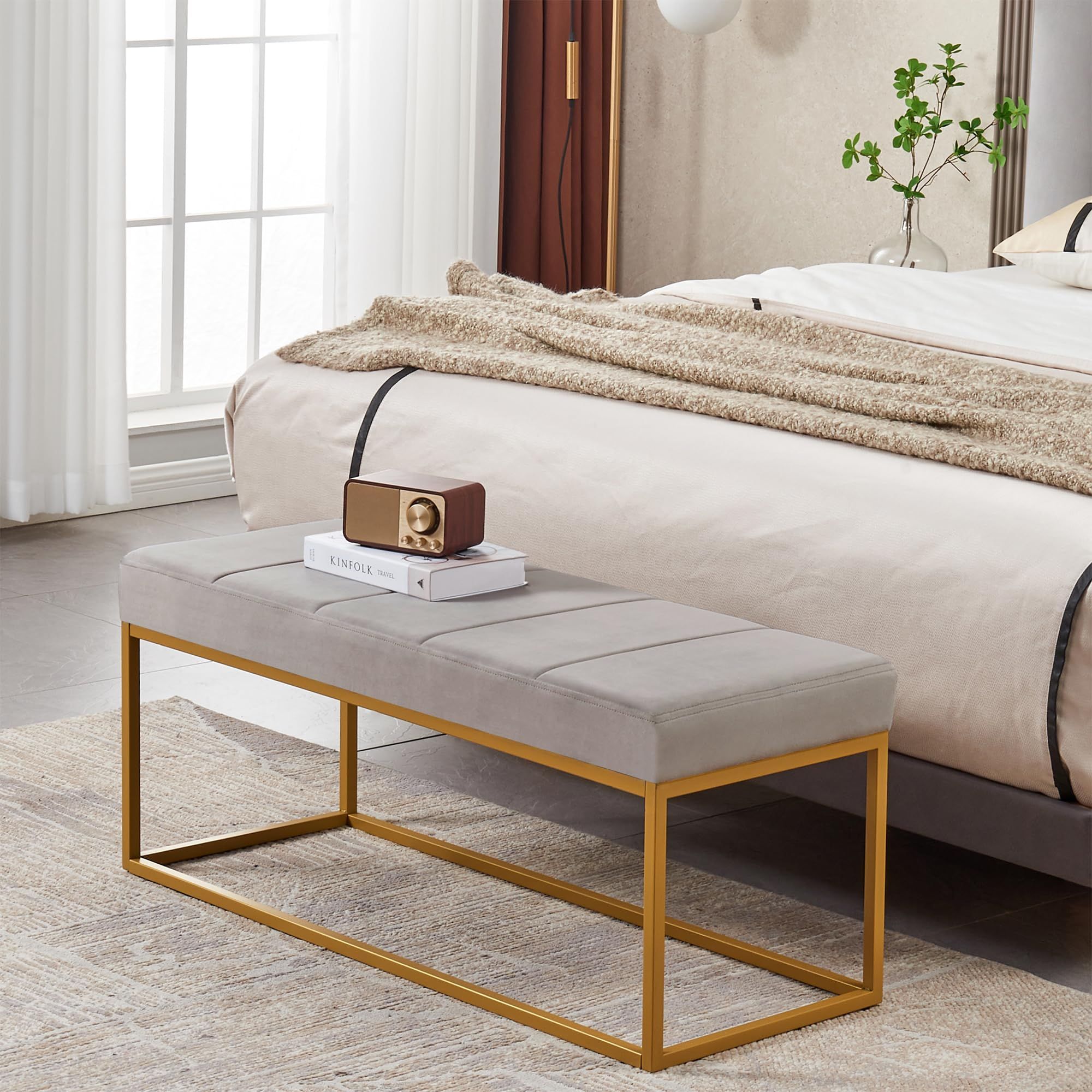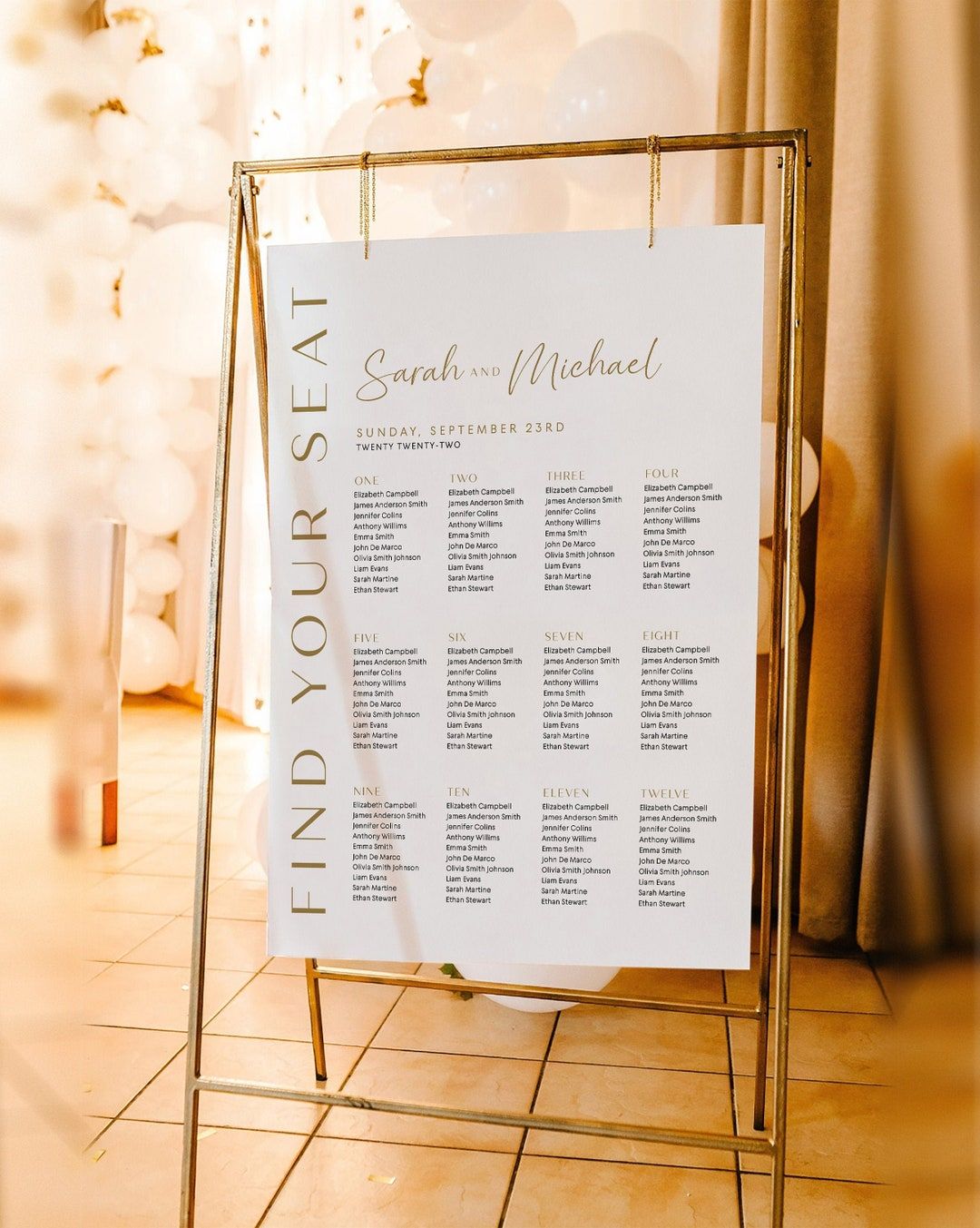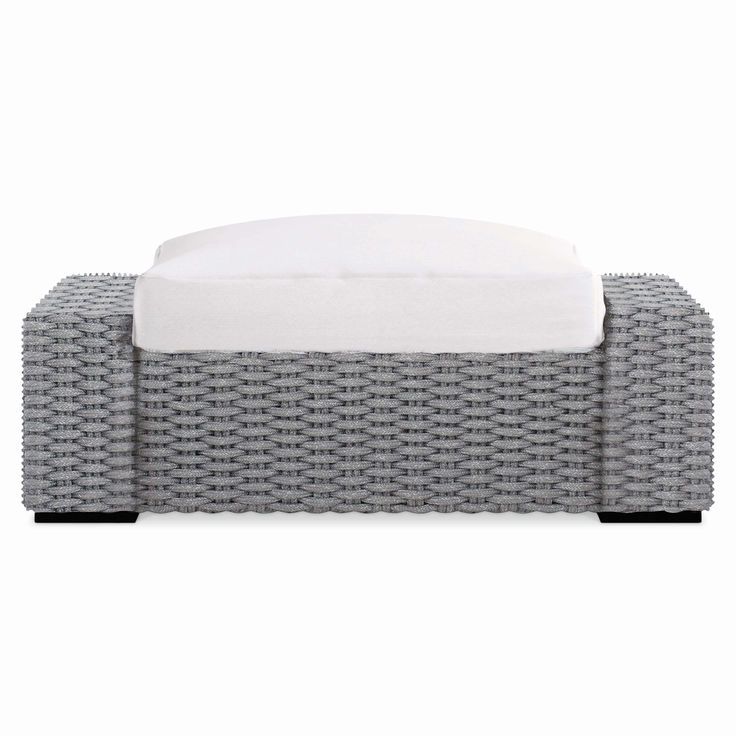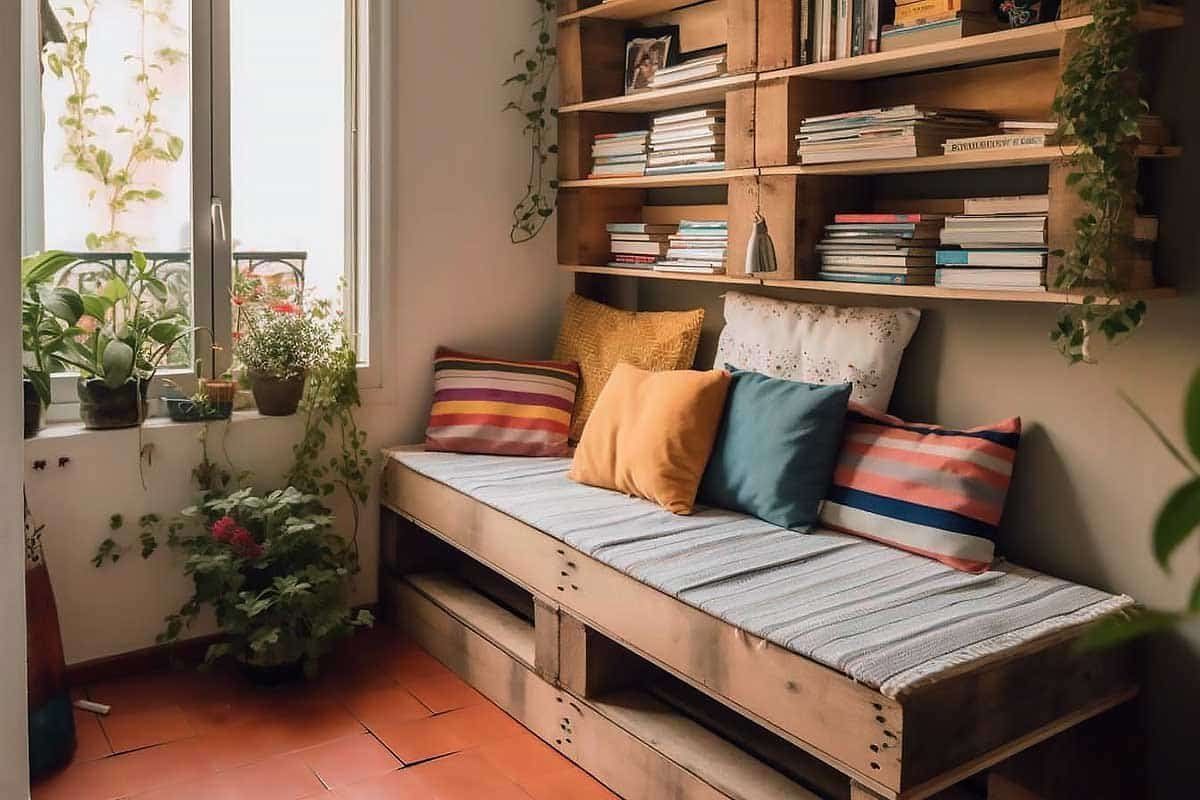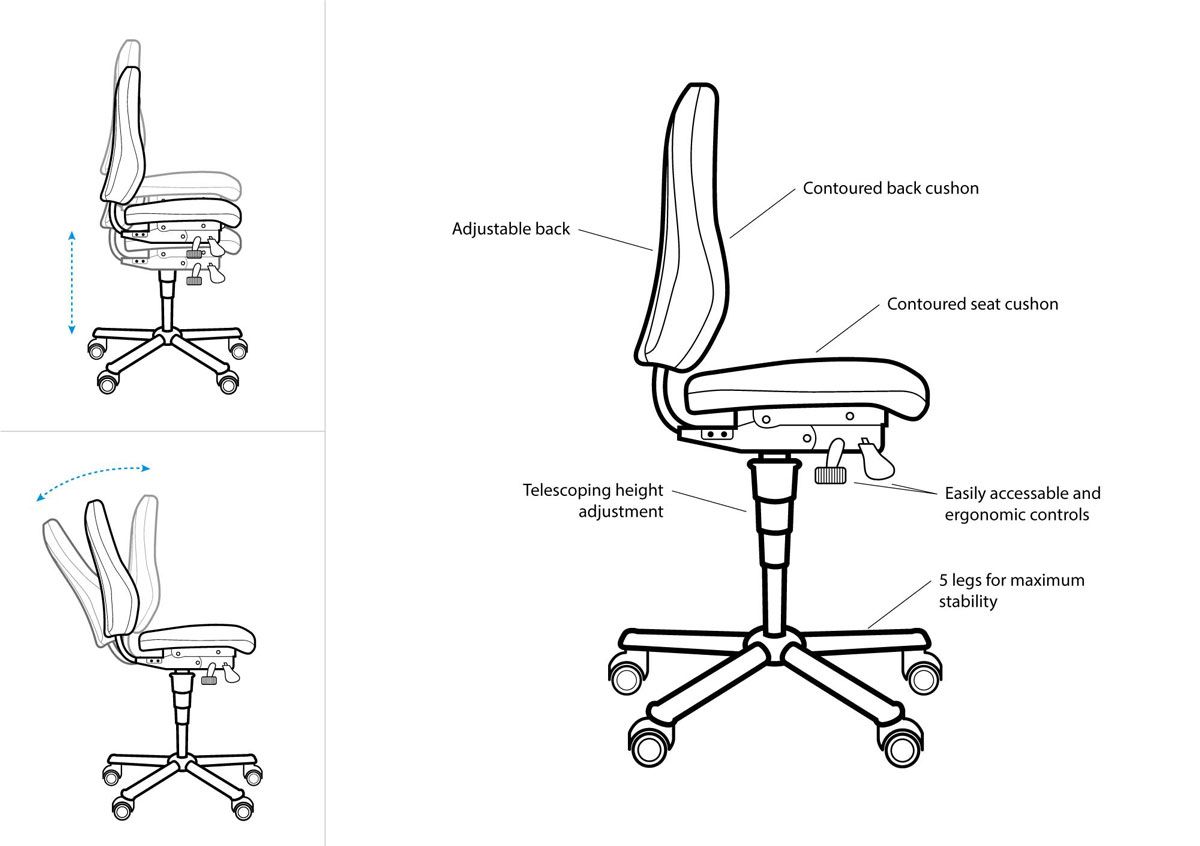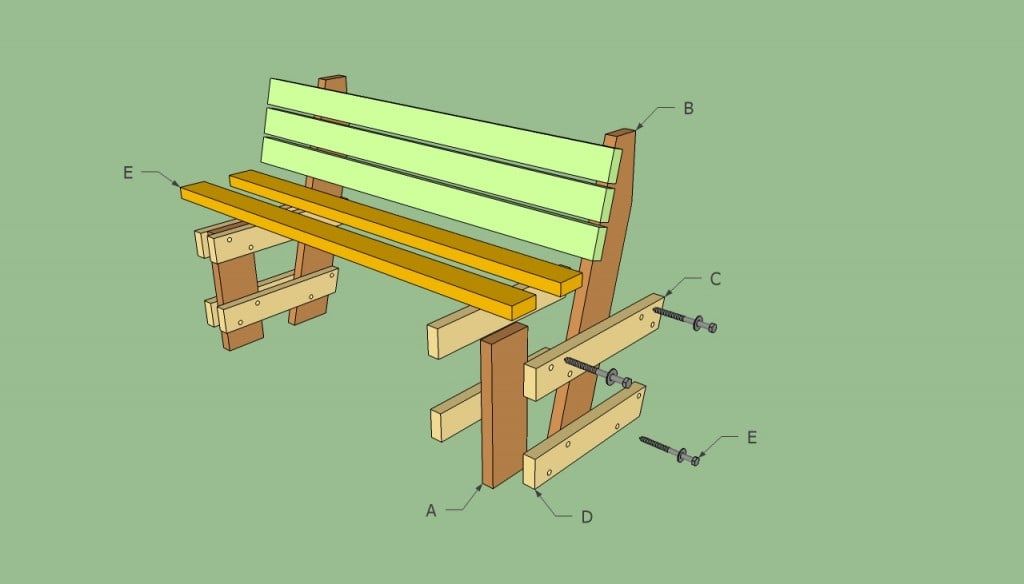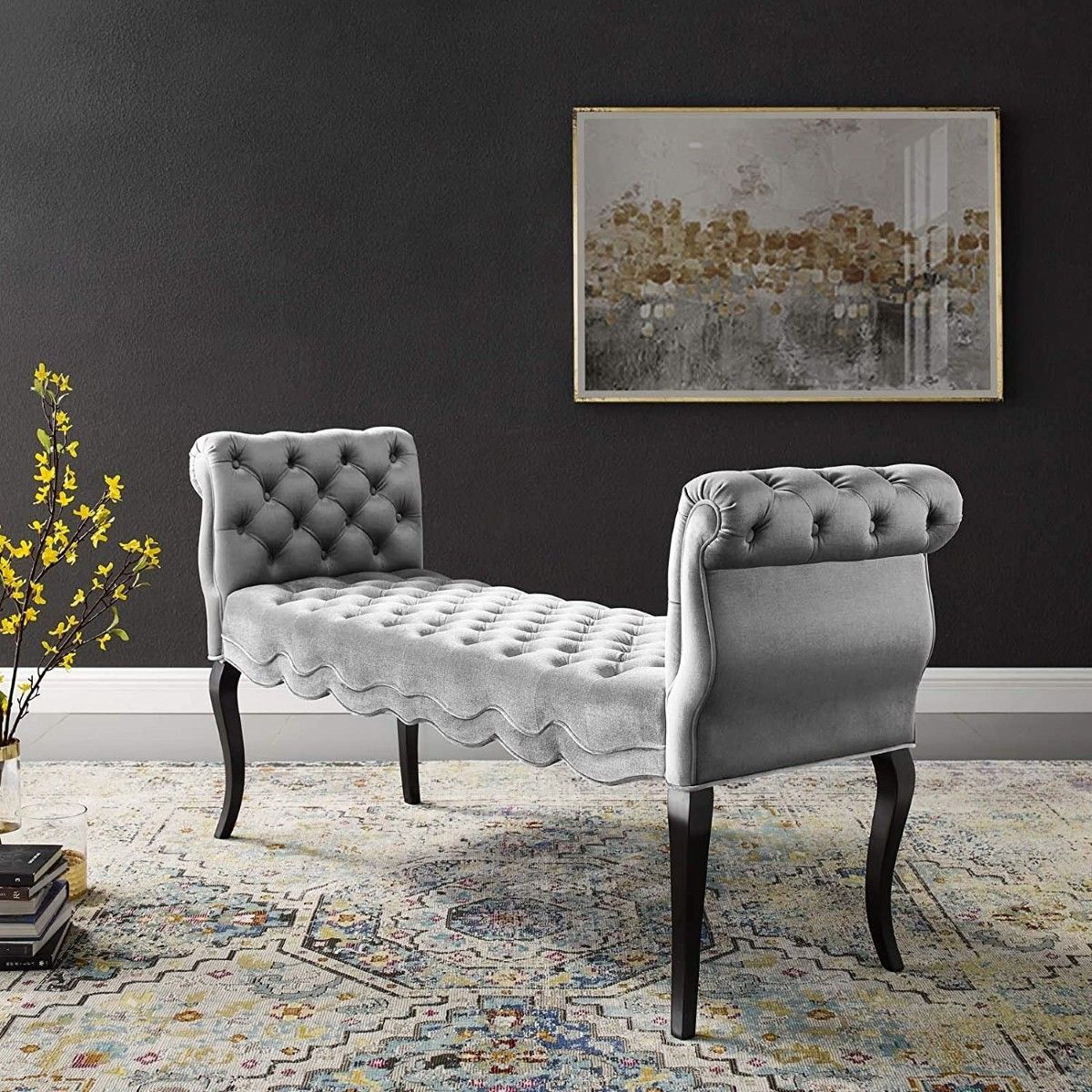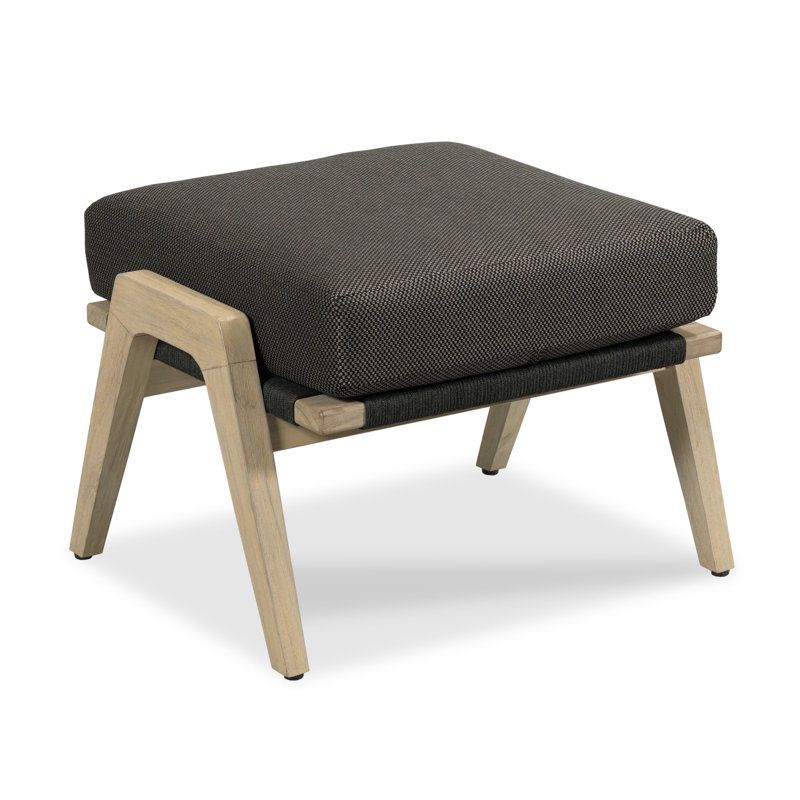So, you’re looking to add a Bristol ottoman to your living area, eh? Wonderful choice. They’re comfy, stylish, and can really tie a room together. But before you take the plunge, let’s talk about fabric. Choosing the right material is key to the ottoman’s look, feel, and longevity. This guide will walk you through the crucial elements, from the durability of canvas to the natural beauty of flax, and the stylish touch of a self-welt. Get ready to become a Bristol ottoman fabric aficionado.
Selecting the perfect fabric for your Bristol ottoman is a big decision. It’s a marriage of practicality and aesthetics. Think about it: this piece of furniture will likely see a lot of action – maybe you’ll kick your feet up after a long day, your pets might claim it as their throne, or you’ll use it as an extra seat when guests come over. That’s why knowing your fabrics, and knowing how they perform, is so importent. We’ll dive into the details of canvas, flax, and self-welt, providing you with the knowledge you need to make an informed choice. No need to feel overwhelmed; we’ll keep it simple, I promise.
Canvas: The Workhorse of Ottoman Fabrics
Canvas is like the sturdy old friend of the fabric world. Known for its robustness and resistence to wear and tear, canvas is a popular selection for ottomans that will experience heavy use. It’s often made from cotton or linen, and its tight weave makes it very durable.
Here’s what to know about canvas:
- Durability: Canvas can deal with a lot. It stands up well to everyday wear and tear. It’s a great pick if you have kids or pets.
- Cleaning: Canvas is usually pretty easy to clean. Spot cleaning is often sufficient, and some types can handle machine washing (always check the care label first!).
- Look and Feel: Canvas has a slightly textured appearance. Depending on the weave, it can range from a more rustic feel to a smoother, more refined look.
- Examples: Think about the classic look of a canvas-covered director’s chair – that’s the kind of hardiness we’re talking about. You might find it in neutral colors, allowing it to blend seamlessly into your current decor, or you can choose bold colors to make a statement.
Flax: Embracing Natural Beauty and Breathability
Flax fabric, made from the flax plant, is a beautiful option that brings a touch of elegance and breathability to your Bristol ottoman. It’s a natural fiber that offers a distinct look and feel.
Here’s what to consider about flax:
- Aesthetics: Flax has a lovely drape and a slightly textured surface, which gives it a sophisticated and relaxed vibe. It often wrinkles, which is part of its charm.
- Breathability: Flax is incredibly breathable, making it a comfortable choice for warmer climates. You won’t feel stuck to your ottoman on a hot day.
- Care: Flax can be more prone to wrinkles than other fabrics, so it might require a bit more care. Spot cleaning is often best, and professional cleaning might be needed for stubborn stains.
- Examples: Think of linen sheets – that’s the same kind of luxurious feel you’ll get with a flax ottoman. It’s perfect for a space where you want to create a more casual, yet elegant ambiance.
Self-Welt: Adding a Touch of Tailored Sophistication
A self-welt isn’t a fabric, but rather a design element. It’s a strip of the same fabric used to cover the edges of your ottoman, creating a neat and finished look. It’s a detail that can really elevate the overall aesthetic.
Here’s what’s cool about self-welting:
- Elevated Look: It gives your ottoman a more tailored and polished appearance.
- Durability: The welt can help protect the edges of the fabric from wear and tear, extending the lifespan of your ottoman.
- Versatility: It works well with a variety of fabrics, from canvas to flax, adding a touch of sophistication to any material.
- Examples: Imagine a beautifully tailored sofa with crisp, clean lines. The self-welt contributes to that same level of refinement on your ottoman. It’s a small detail that makes a big difference.
Putting it All Together: Choosing the Right Combination
The best fabric choice for your Bristol ottoman depends on your personal style, lifestyle, and how you plan to use the piece. Consider these factors:
- High-Traffic Areas: If your ottoman will be heavily used, canvas is a great bet. It’s durable and can withstand a lot of wear.
- Formal vs. Casual: Flax adds a touch of sophistication and is ideal for a more relaxed, yet elegant space. Canvas can work well in either setting.
- Pets and Children: Canvas is generally easier to clean and more resistant to stains and scratches than flax.
- Style Preferences: Think about the overall look you want to achieve. Do you want a more rustic or a more refined feel? This will guide your fabric selection.
Think about pairing a durable canvas with a self-welt for a practical yet stylish choice. Or, if you’re aiming for a more airy and elegant look, flax with a self-welt could be the perfect combination.
Care and Maintenance: Keeping Your Ottoman Looking Its Best
Once you’ve chosen your fabric, proper care is crucial to maintain its appearance and longevity.
- Regular Cleaning: Vacuum your ottoman frequently to remove dust and debris. This prevents dirt from grinding into the fibers.
- Spot Cleaning: Address spills and stains promptly. Blot the affected area with a clean cloth and a mild soap and water solution. Always test the solution in an inconspicuous area first.
- Professional Cleaning: For stubborn stains or overall cleaning, consider professional upholstery cleaning. This is especially important for flax.
- Sun Protection: If your ottoman is exposed to direct sunlight, rotate it periodically to prevent fading. You might also consider using a fabric protectant spray to help repel stains and protect against UV rays.
Beyond Fabric: Other Considerations
While fabric is the star of the show, don’t forget about other important factors:
- Fillings: The type of filling impacts comfort and durability. Foam, down, or a combination of the two are common choices. Consider your comfort preferences and how much support you need.
- Size and Shape: Choose an ottoman size and shape that fits well in your space and complements your existing furniture. Think about how you plan to use the ottoman – for resting your feet, extra seating, or as a coffee table.
- Color and Pattern: Select a color and pattern that complements your decor and reflects your personal style. Neutral tones are versatile and easy to coordinate with other pieces, while bolder choices can make a statement.
Choosing the right fabric for your Bristol ottoman is an investment in both comfort and style. By understanding the characteristics of canvas, flax, and self-welt, you’re well-equipped to make a decision that suits your needs and enhances your living space. Take your time, consider your lifestyle, and don’t be afraid to ask for fabric swatches to get a feel for the materials. With a little bit of research and careful consideration, you’ll find the perfect fabric that will bring years of enjoyment and style to your home. Happy ottoman shopping. You’ve got this.
